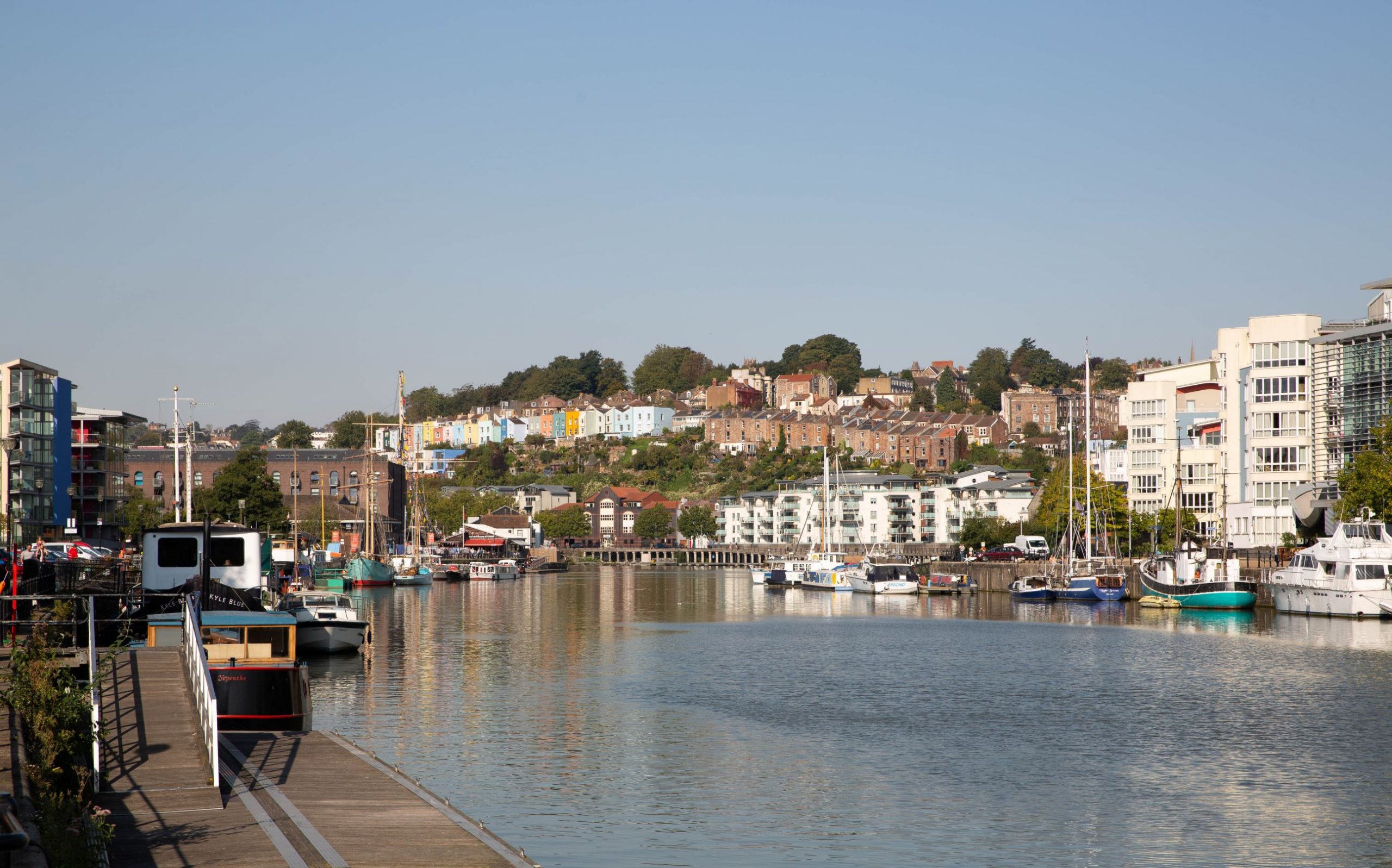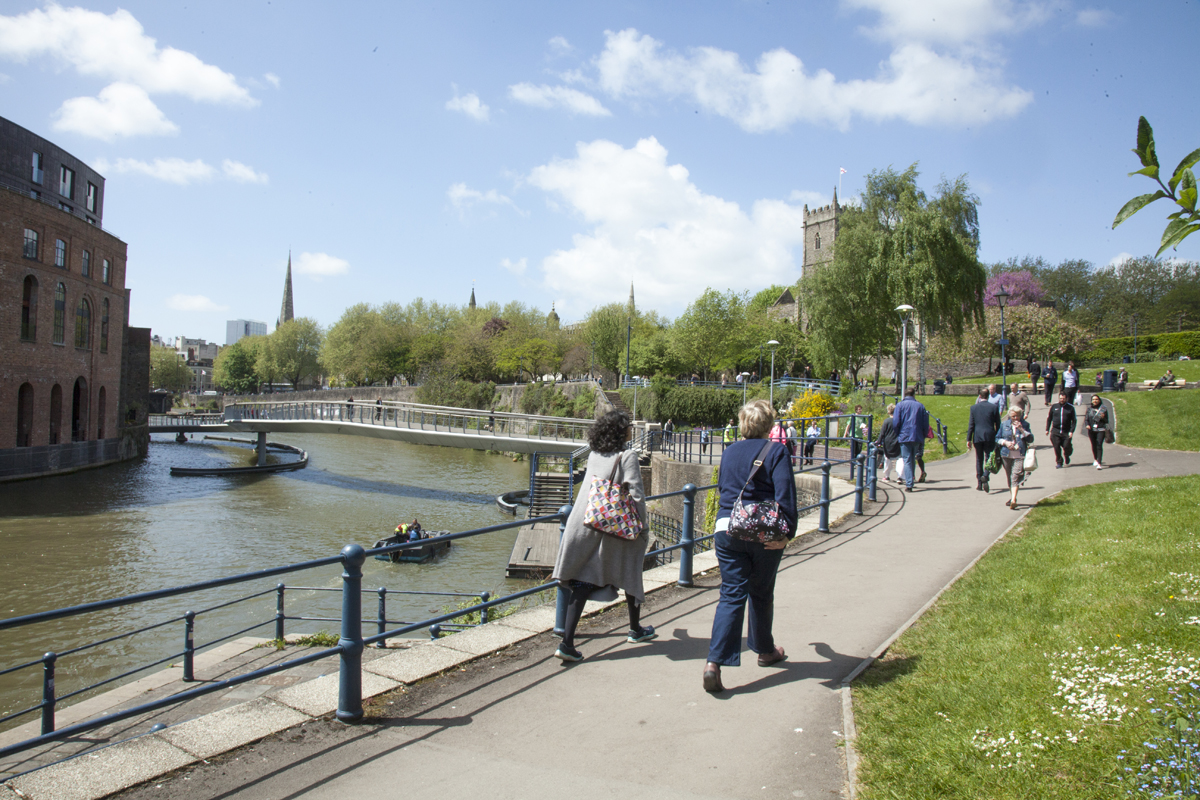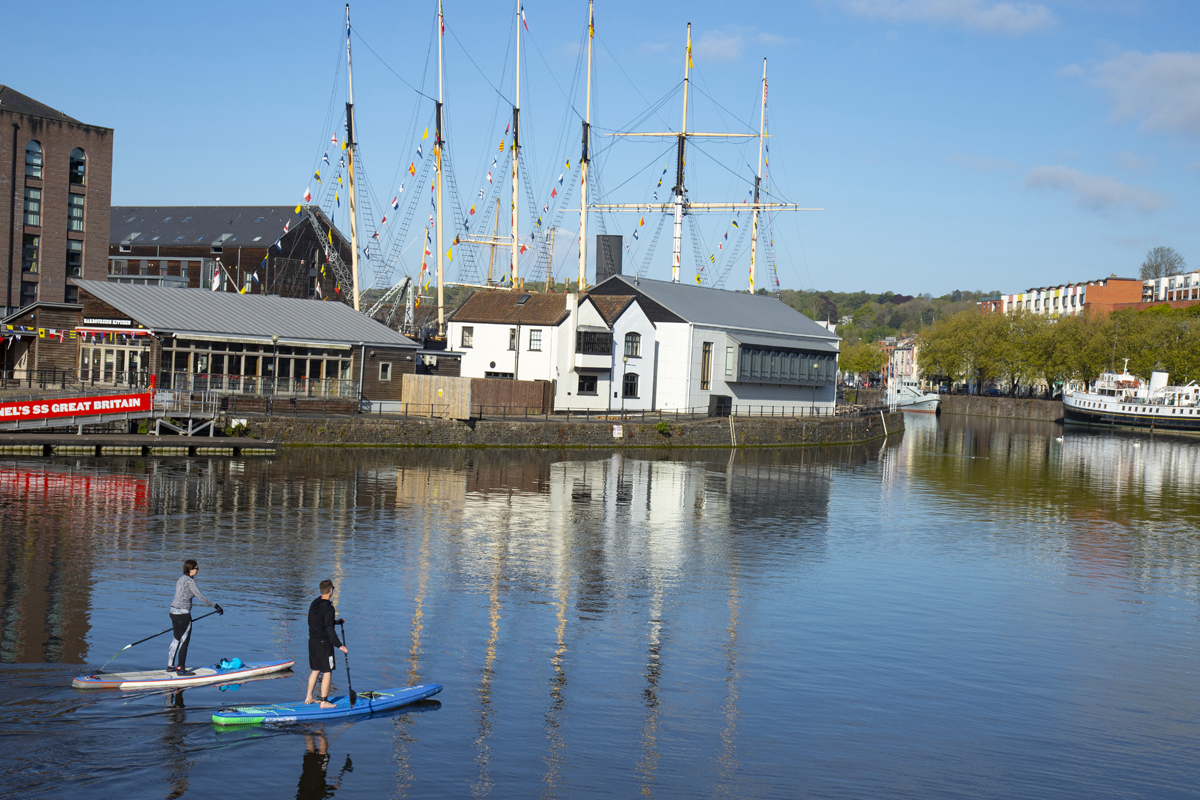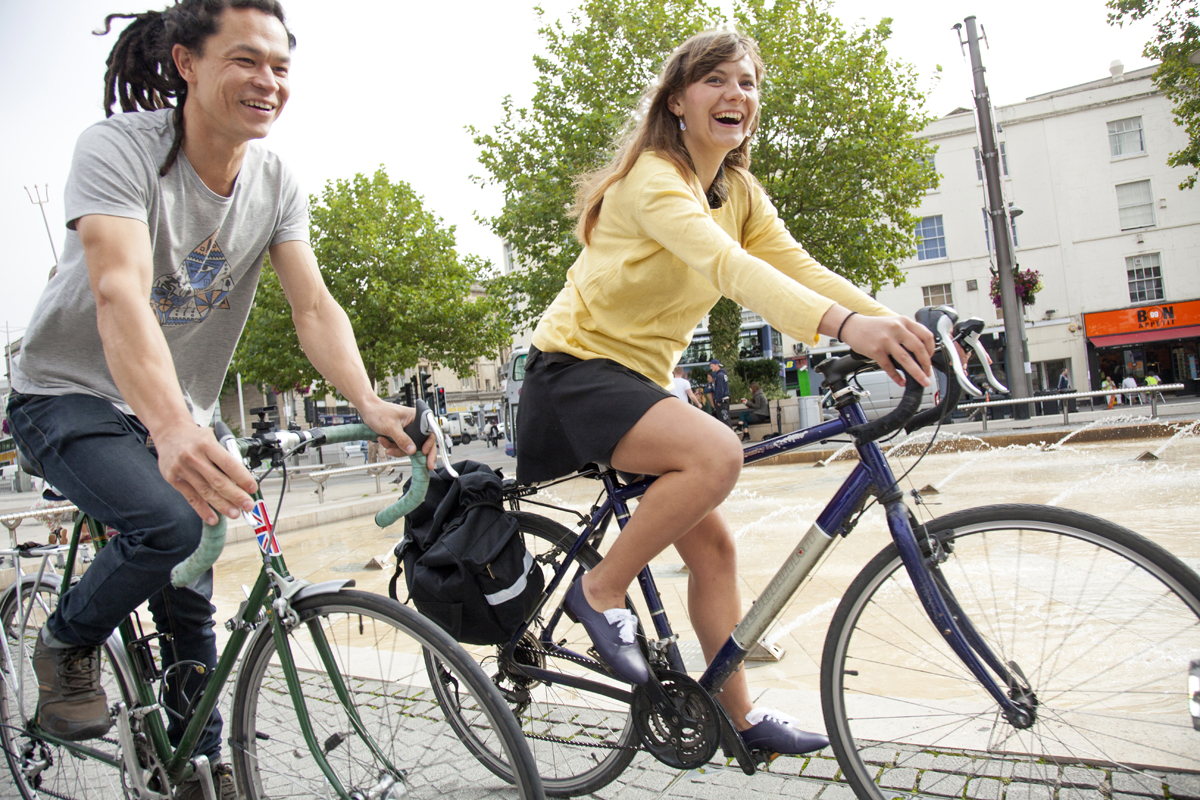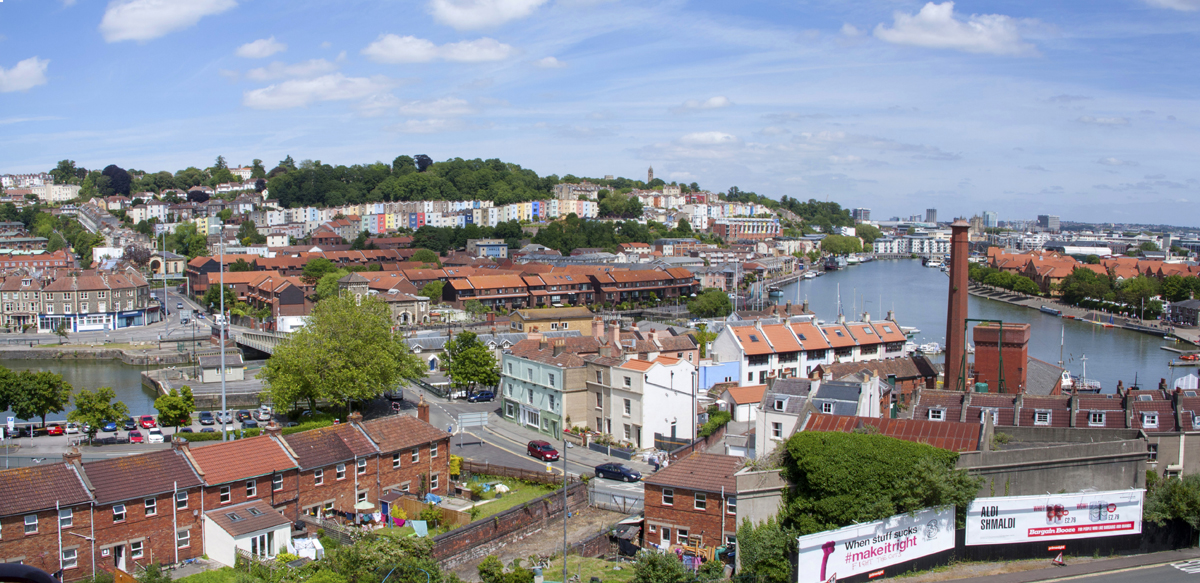Unlocking Bristol’s potential
Having a long-term plan in place reduces the threat that flooding poses to the future success of Bristol. By defending locations at risk of flooding, we can unlock areas for regeneration and new development, creating the jobs, homes and public spaces needed to ensure Bristol is a resilient city where people and business can thrive now and in the future.
Knowing such a strategy is to be delivered will reduce the constraint of flood risk and open opportunities for regeneration and new development, contributing to our economic success. An initial £299m has been identified in principle for phase 1 delivery, subject to the business case approval. It is currently estimated that a further £34m would be required to ensure this can be delivered in full, further affording opportunities for regeneration and development. The city will be seeking a mix of private and public investment to deliver this.
Currently, without a flood risk management strategy, new development must individually mitigate flood risk to ensure the development is safe for its lifetime (100 years for residential uses) without increasing flood risk elsewhere. In some locations this is extremely challenging, meaning some developments are unlikely to get planning permission until we are confident the strategy will be delivered.
Strategic Alignments
Support business investment in the green/eco/biodiversity sector SDG: 8.4, 9.2, 9.4, 12.7
